This article is based on concepts from the The Complete Guide to Long Exposure Photography if you want to dig deeper for further training.
In long-exposure photography, what is the one decision that can make or break your photograph?
The answer to that question surprised me when I started in long-exposure photography.
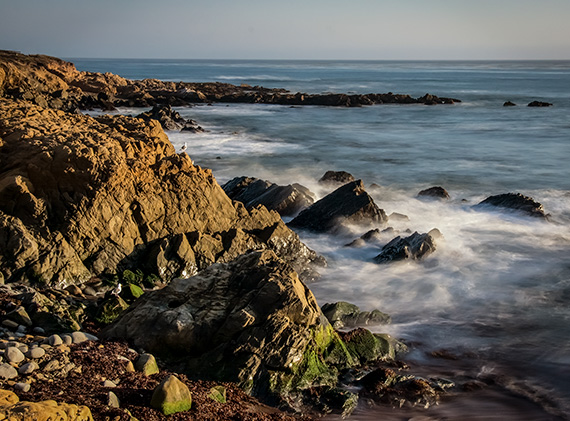
Photograph by Kent DuFault
Quick Tip
My initial thought with extended-exposure daylight imaging (a.k.a. long-exposure photography) was the longer, the better. Right? More exposure equals more effect.
I eventually learned that isn’t always the case.
When a long-exposure photograph is exceptionally long, it can wipe itself out of the picture. The effect might be minimal or almost non-existent.
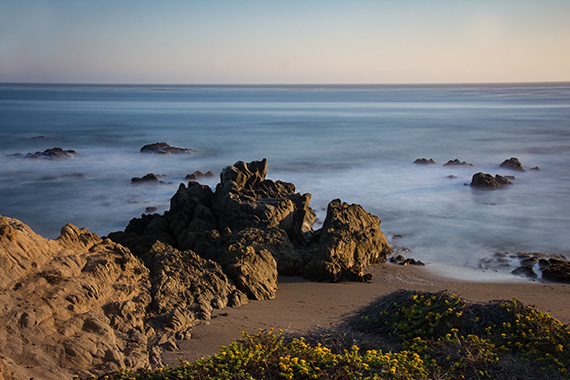
Photograph by Kent DuFault
But what is too long? And how do you figure that out?
What is my favorite shutter speed for long-exposure photography?
I like to keep my shutter speed between half a second and 30 seconds. I almost always do a bracketed 1-stop exposure change on either side of my chosen shutter speed setting. If my shutter speed setting were 15 seconds, I would also shoot a frame at 30 seconds and another at 7.5 seconds.
In long-exposure photography, always bracket by changing the length of the exposure time and not the aperture or ISO setting.
Start out using the settings above until you develop your own system. I have seen some fantastic long-exposure photographs with shutter speeds of several minutes long, even as long as 10 or 15 minutes. I generally don’t have the patience for that; however, it would be worth giving it a try, just for the experience.
To get to shutter speeds of that length, you generally need to be shooting at dusk or dawn, or in a deeply shadowed area such as a forest. If you want to do daytime long exposures you will also need to invest in a significant filter pack that includes at least a couple of 10- to 16-stop ND filters.
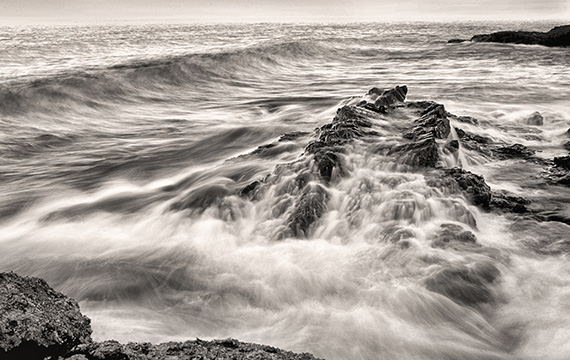
Photograph by Kent DuFault
I recently had someone ask me what ND filters I used for the black and white shot above. The answer: I didn’t use any. The long-exposure effect was created by low light, a low ISO setting of 400, a high aperture of f/11 and a shutter speed of half a second.
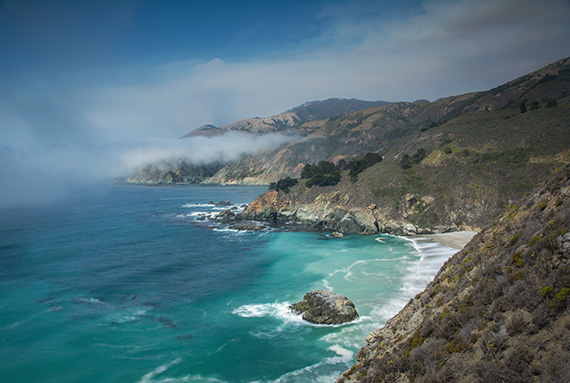
Photograph by Kent DuFault
The sample image above brings us to another point of consideration when setting up your long-exposure picture.
What is all moving in the shot, and at what speed?
In the above long-exposure photo, the effect is visible at the beachhead but not the clouds. This outcome is because the water was moving much faster than the clouds.
Sometimes, you have to decide where you want the effect to appear. If I had left the shutter open long enough to see the clouds motion-blurred as well, it would have washed out the beachhead.
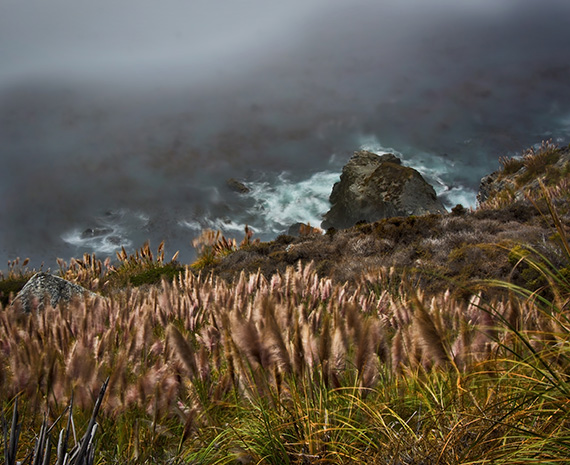
Photograph by Kent DuFault
When selecting your length of exposure, consider objects that might be moving that can be a distraction.
I find the grasses in the foreground of the photo above to be a terrible distraction.
In Conclusion:
- Exposure lengths between half a second to 30 seconds seem to work best for most scenes.
- If the exposure time is too long for the movement captured, it can wipe the long-exposure effect from the picture.
- Bracket one stop on either side of your chosen exposure.
- Always bracket from the length of shutter speed and never the aperture or ISO setting.
- You don’t always need an ND filter to capture a long-exposure effect.
- Study your scene for objects that may be moving that will distract from the subject area of your picture and compose them out of the photo.
- When objects are moving at varying speeds, determine where you want the effect to be visible and set your the length of shutter speed accordingly.
About the Author:
Kent DuFault is an author and photographer with over 35 years of experience. He’s currently the director of content at the online photography school, Photzy.com.
For Further Training:
Photographer Dieter Appelt said, “A snapshot steals life that it cannot return. A long exposure creates a form that never existed.” If you’ve ever been mystified by other photographers’ tack sharp extended exposures and mind-blowing daytime long shutter speeds, then you should take a look at the full in-depth eBook. It is currently 71% off today if you want to check it out.
This guide was designed to walk you through every step of long exposure photography with a complete description and a visual reference. Each lesson is broken down into easy-to-follow steps, recommended resources, and self-check quizzes to make sure you understand each and every technique.
Deal ending soon: The Long Exposure Photography Guide at 71% Off
- - - - - - - - - - - - - - - - - - - - - - - - - - - - - - - - - - - - - - - - - - - - - - - - - - - - - - - - - - - - - - - - - - - - - - - - - -
Did you appreciate this newsletter? Please help us keep it going by Joining Our Patreon Supporters
What are your thoughts on this article? Join the discussion on our Facebook Page
PictureCorrect subscribers can also learn more today with our #1 bestseller: The Photography Tutorial eBook
- - - - - - - - - - - - - - - - - - - - - - - - - - - - - - - - - - - - - - - - - - - - - - - - - - - - - - - - - - - - - - - - - - - - - - - - - -
The post Long Exposure Photography: How Long is Too Long? appeared first on PictureCorrect.
from PictureCorrect https://ift.tt/VRt91C8
via IFTTT






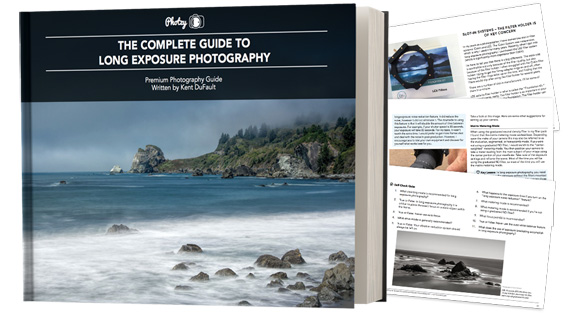
0 kommenttia:
Lähetä kommentti